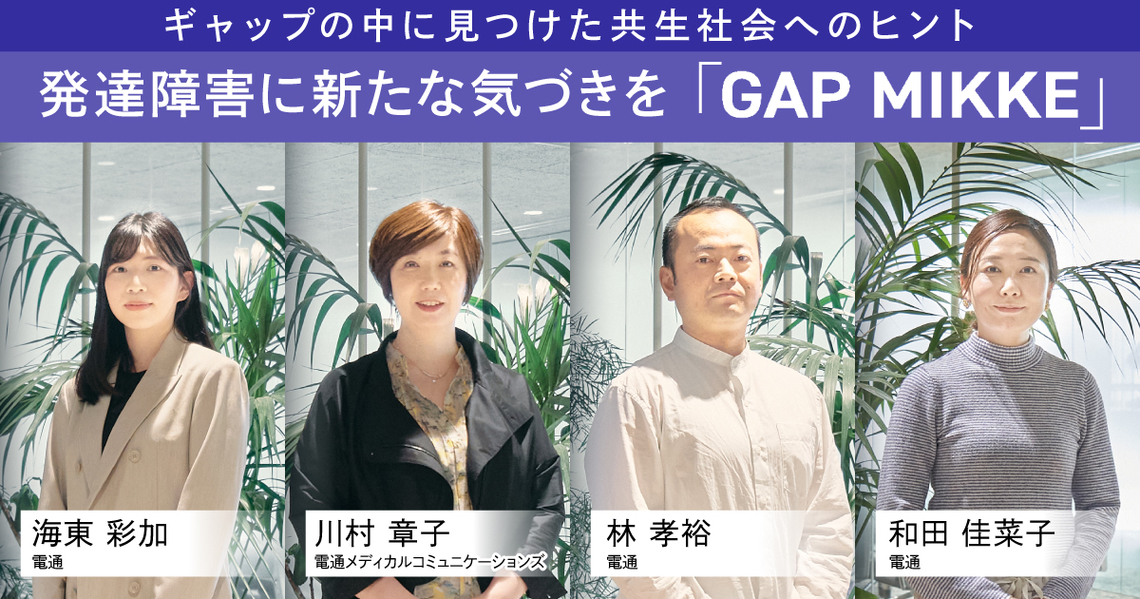"No matter how many times I tell them, they leave things scattered everywhere. They just won't clean up." For parents of children with developmental disabilities, such frustrations might be seen from the child's perspective as "I know where everything is, so I don't need to clean up." Members of the Dentsu Group cross-organizational " Dentsu Diversity Lab" point out that this is where the difference in perspective (the gap) lies.
Dentsu Inc . Diversity Lab and Dentsu Inc. Medical Communications developed "GAP MIKKE," a tool that visualizes the gap between what children with characteristics associated with developmental disorders are thinking and their parents' wishes for how they should behave. This fosters awareness and helps identify issues. We asked the development team about its purpose, features, and functions.
The Often Overlooked Perspective of the Child
──First, please tell us about the current situation regarding developmental disorders and the background to developing "GAP MIKKE".
Kawamura: According to the "Survey on Difficulties in Daily Life" conducted by the Ministry of Health, Labour and Welfare in 2016, an estimated 481,000 people in Japan have been diagnosed with developmental disorders. Developmental disorders are conditions arising from innate variations in brain development, characterized by distinct traits in language, behavior, emotions, and other areas. There are three main types of developmental disorders. The first is ASD (Autism Spectrum Disorder), characterized by traits such as "strong fixations" and "difficulty with communication and interpersonal relationships." The second is ADHD (Attention Deficit/Hyperactivity Disorder), with traits like "difficulty staying still or waiting," "inability to concentrate," and "easily distracted." The third is LD (Learning Disabilities), where traits such as "difficulty with reading, writing, or arithmetic" are observed.
We developed "GAP MIKKE" as a tool to clearly present the gap between these various characteristics stemming from developmental disorders and the "normal," "common sense," or "desired expectations" held by those around them, especially parents. This helps foster awareness and identify challenges.
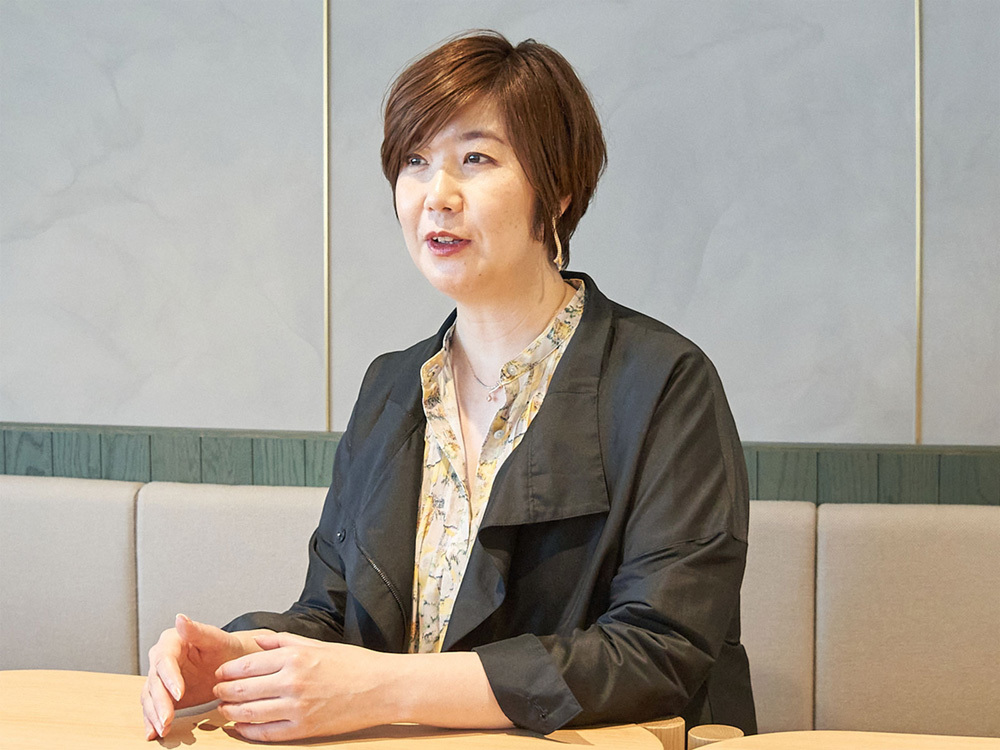
Akiko Kawamura: Producer and Event Coordinator at Dentsu Inc. Medical Communications. Responsible for planning and managing various medical events, both large and small, including domestic and international lectures, research meetings, academic conferences, exhibitions, and training sessions. Also handles seminars for media aimed at raising awareness about diseases. As a member of the Medical Healthcare Lab at cococolor, operated by Dentsu Inc. Diversity Lab, she writes articles focusing on the theme of healthcare and diversity.
Hayashi: True to its name "GAP MIKKE," the goal is to "visualize the gap." So, during development, we first conducted surveys and interviews with families concerned about their child's developmental status.
Initially, we intended to proceed with the project based on the concept of "visualizing the challenges of developmental disorders." However, through repeated surveys and interviews with many families, we realized that not all issues were universally problematic. What parents perceived as a challenge wasn't necessarily the same for the child. We realized that perceptions of a single event differ depending on perspective. We saw that framing this as a "gap" and making it visually apparent could foster various understandings, leading our tool development efforts to evolve.
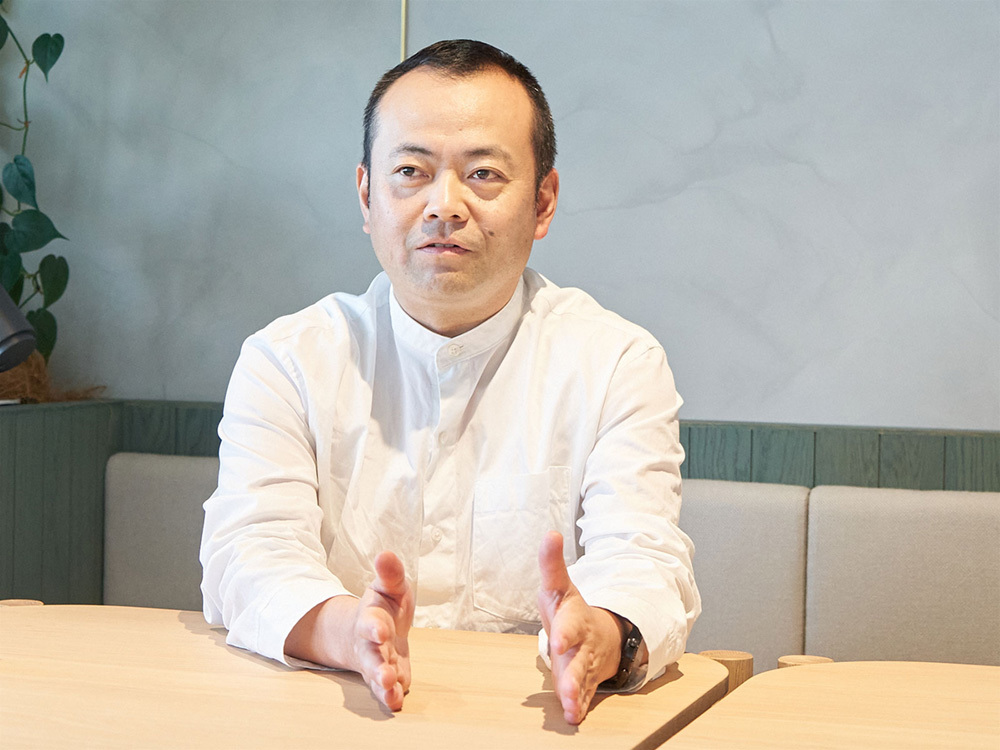
Takahiro Hayashi, Director, Sustainability Consulting Office , Dentsu Inc.; Representative, Dentsu Diversity Lab. As a strategic planner, he has worked across the entire spectrum of strategy, from communication strategy to business strategy, product development, and event/space production. Holds a Class 1 Architect license. While working in the strategy division, joined the in-house task force Dentsu Inc. Diversity Lab in 2011. Served as publisher and division head for the web magazine cococolor while overseeing strategy, and is currently its representative. Launched "Inclusive Marketing" in 2017 and promotes it as a new strategic theory.
Wada: As a parent myself, I feel that regardless of whether a child has developmental characteristics or not, we inevitably view things from an adult perspective, and the child's viewpoint tends to be overlooked. Therefore, I find great significance in visualizing things not just from one direction, but from a two-way perspective.
Kaito: We observed that differences in perception, understanding, and thinking (the "gap") between children and their parents exist in various situations within the "home." So, we broke it down by room—living room, bedroom, bathroom—and visualized the gap in perspectives between children with developmental characteristics and their parents. The tool we developed, "Home Childcare GAP MIKKE," translates these insights into easy-to-understand visual "maps" and "cards."
Visualizing the Home Parenting Gap
──What exactly are the gaps between children with developmental characteristics and their parents?
Kaito: For example, the parent's perspective might be, "They don't focus on eating. They spill a lot of food, which is really hard." But the child's perspective is, "I want to eat freely while playing with toys or games." That's where the gap lies. We wanted to visualize both perspectives, valuing each equally.
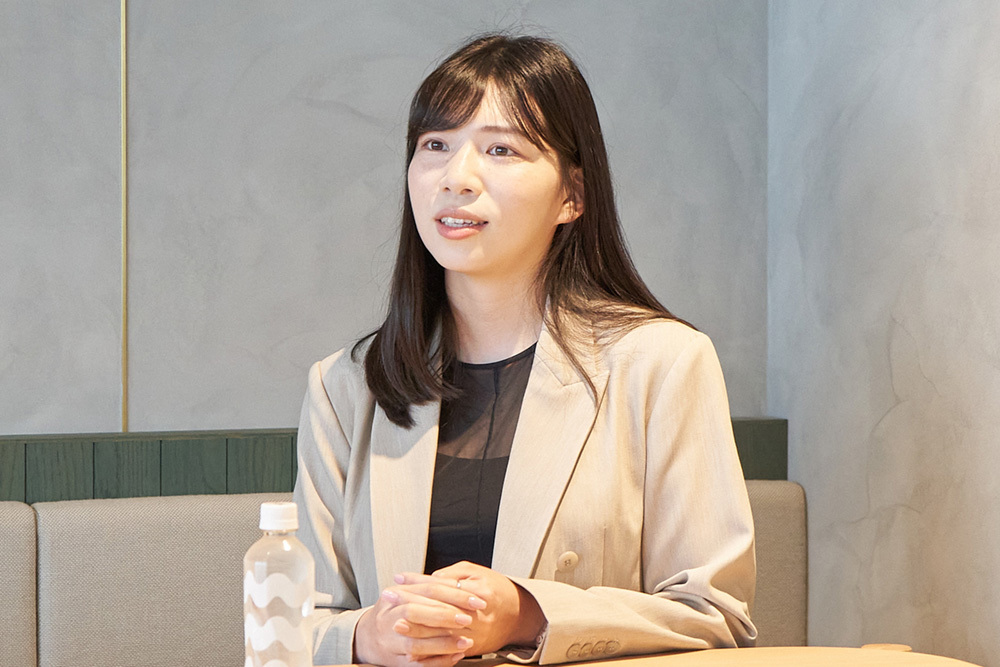
Ayaka Kaito, Dentsu Inc., 3rd Integrated Solutions Bureau. As a Solution Planner, she works on communication strategy, corporate consulting, product development, and training package development. At cococolor, operated by Dentsu Diversity Lab, she leads the "Children's Project," writing articles and developing solutions focused on children's diversity. She also handles unconscious bias training development and LGBTQ+ surveys.
──So you're showing how the same events occurring within the home can be perceived so differently by children and their guardians. How did you approach the design of the tool for this?
Wada: As Hayashi mentioned, our initial intention was to visualize "problems." However, through our research, we realized that what exists in households isn't so much "problems" as a "gap" in perspective between parents and children. Therefore, in the creative direction, we aimed for a design that remained neutral, avoiding negative expressions, while still conveying the rich imagination inherent in the children's perspective.
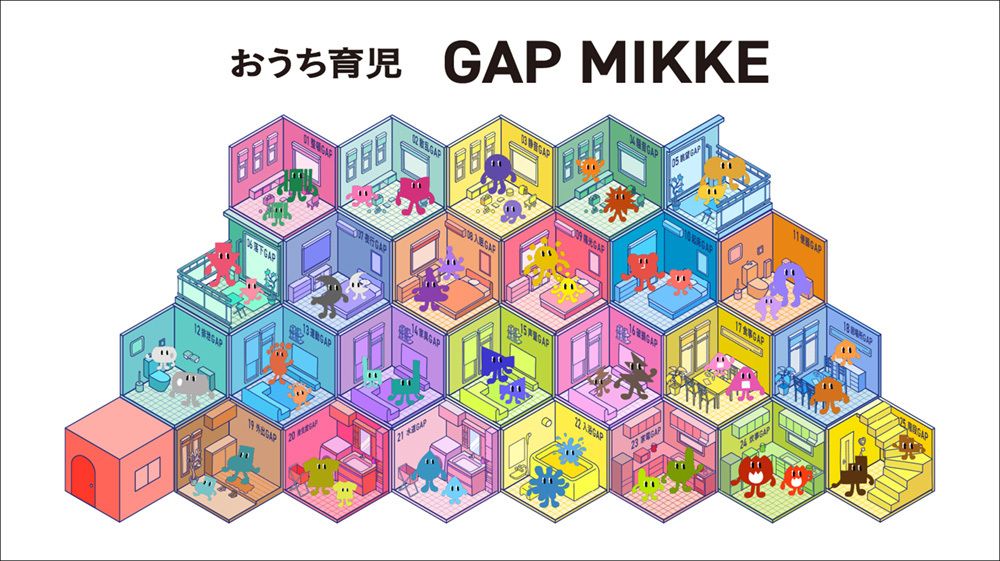
"Home Childcare GAP MIKKE" Design (Map)
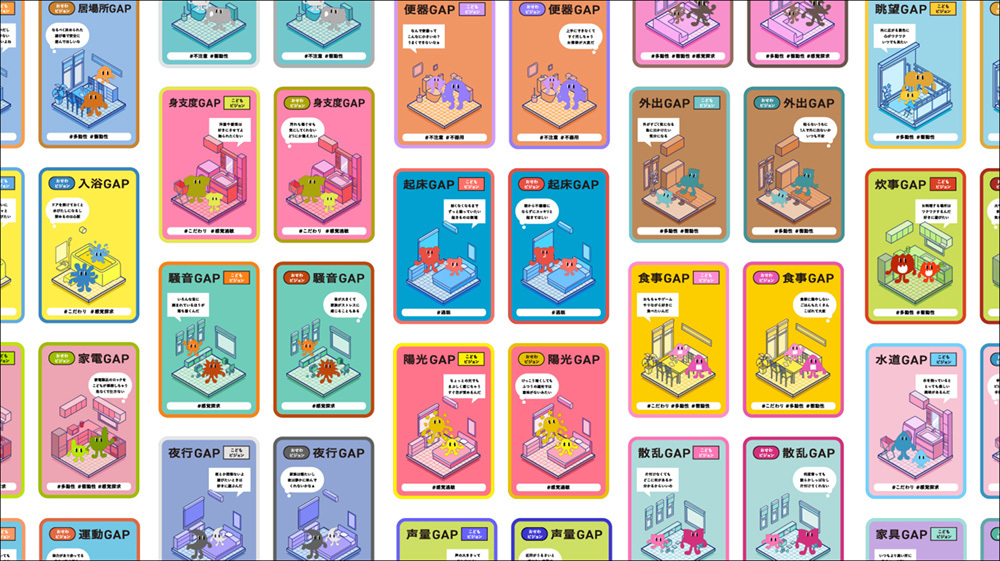
"Home Childcare GAP MIKKE" Design (Cards)
Wada: The traits written on the cards don't necessarily apply to all children diagnosed with developmental disorders; each child has different characteristics. Therefore, this tool is "not intended to lead to a diagnosis." That's the crucial point. Even in the same bathroom situation, people might have different visions. Leaving that room for interpretation is key to making this tool widely usable.
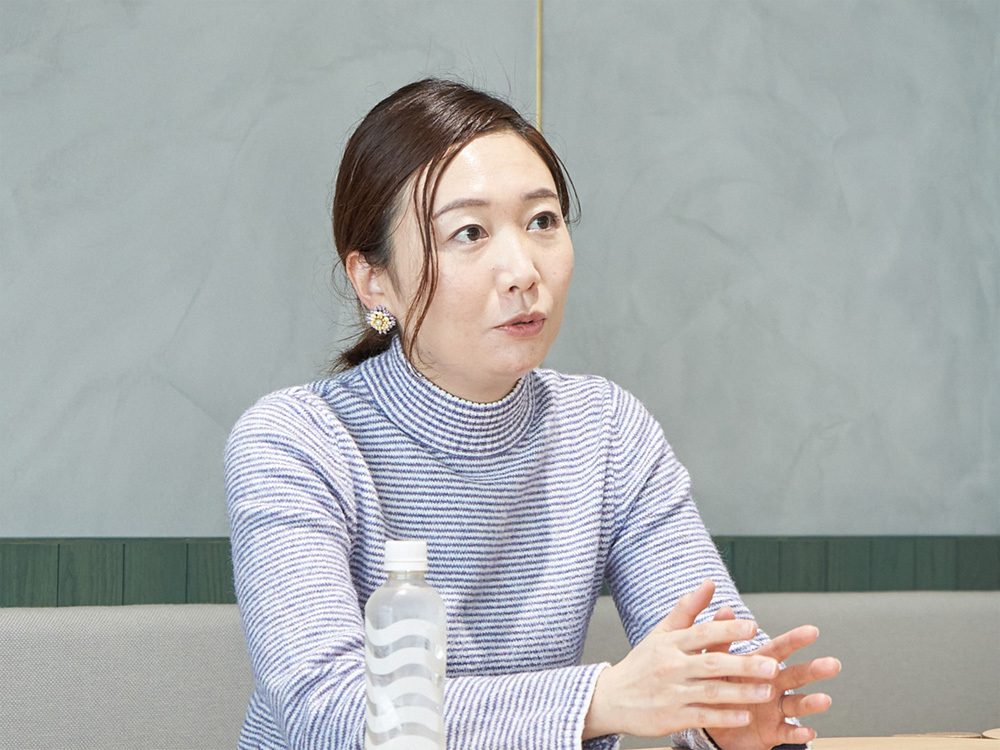
Kanako Wada: Dentsu Inc. Business Creation Division, Chubu Creative Solutions Department 1. After joining Dentsu Inc., she worked for one year in the Human Resources Development Bureau. Since 2008, she has been a copywriter and CM planner in the Chubu Creative Bureau, planning and producing communications and outputs for diverse industries. In late 2021, she was appointed as a member of the 'Dentsu DE&I Seminar,' sparking her interest in the activities of the Dentsu Inc. Diversity Lab. She joined the 'Children's Project,' an area of particular interest to her. She is currently exploring ways to contribute from a creative perspective to help commercialize the project.
Hayashi: We hope people see "GAP MIKKE" as a tool for society as a whole to learn about diversity in development and collectively address the gaps that often arise between children and their guardians. This includes gaps beyond formal developmental disorder diagnoses, encompassing the so-called gray zone, by collecting and visualizing them.
Wada: While bridging gaps is certainly the best and ideal outcome, something we always discuss within the development team is that "the existence of gaps itself isn't inherently bad." Our goal isn't solely to fill or reduce gaps. Even with gaps remaining, we hope that by standing in each other's shoes and showing mutual respect, positive changes in relationships can emerge.
──I see. It's clear now that this is positioned not as a "diagnostic tool for developmental disorders," but as a "tool for identifying challenges in daily life" starting from developmental disorders.
Not just for individuals, but for companies and society to solve together
──Are there specific scenarios you envision for using GAP MIKKE, or situations where you hope it will be useful? Also, what kind of effects do you expect?
Wada: When interviewing parents of children with developmental characteristics this time, almost everyone had some kind of concern. It would be ideal if we could move beyond parents and children bearing these burdens alone, and instead have society as a whole consider and solve them together.
From a user perspective, we envision facilitating parent-child workshops where children can express, "This is how I feel," and parents can share, "But this is what I'm thinking." This would help promote communication between them. We also hope it won't just be used by parents and children, but also in settings like daycare centers, fostering relationships between teachers and children. Including educational settings, we hope adults can understand children's perspectives, children can recognize adults' thoughts, and both sides can become aware of previously unseen aspects of each other.
Kawamura: I believe this can extend beyond children's developmental disabilities to address challenges faced by adults with developmental disabilities too. For instance, there might be opportunities to collaborate with municipalities that have established "Developmental Disability Support Centers." There's also potential for corporate partnerships to utilize this from an employment support perspective. This broader application is crucial.
Characteristics like "strong fixations," "difficulty with communication," or "easily distracted" are often cited as traits of developmental disabilities. But don't you think everyone has some degree of these traits? I believe each person's personality is formed within a gradient of various traits and behaviors. So, rather than focusing solely on differences, I hope many people will think, "I relate to this too," find common ground with themselves, and use this as a starting point to deepen their understanding of others.
Kaito: While we certainly envision workshops for those directly affected by developmental disorders, we also plan to offer corporate workshops utilizing "GAP MIKKE." This aims to foster understanding of these traits and collaboratively develop solutions to address challenges.
By focusing on the parent speech bubbles on these cards, we can explore what products could be created or what services might help fulfill a child's wishes. "GAP MIKKE" can also serve as a catalyst for developing products and services from various perspectives.
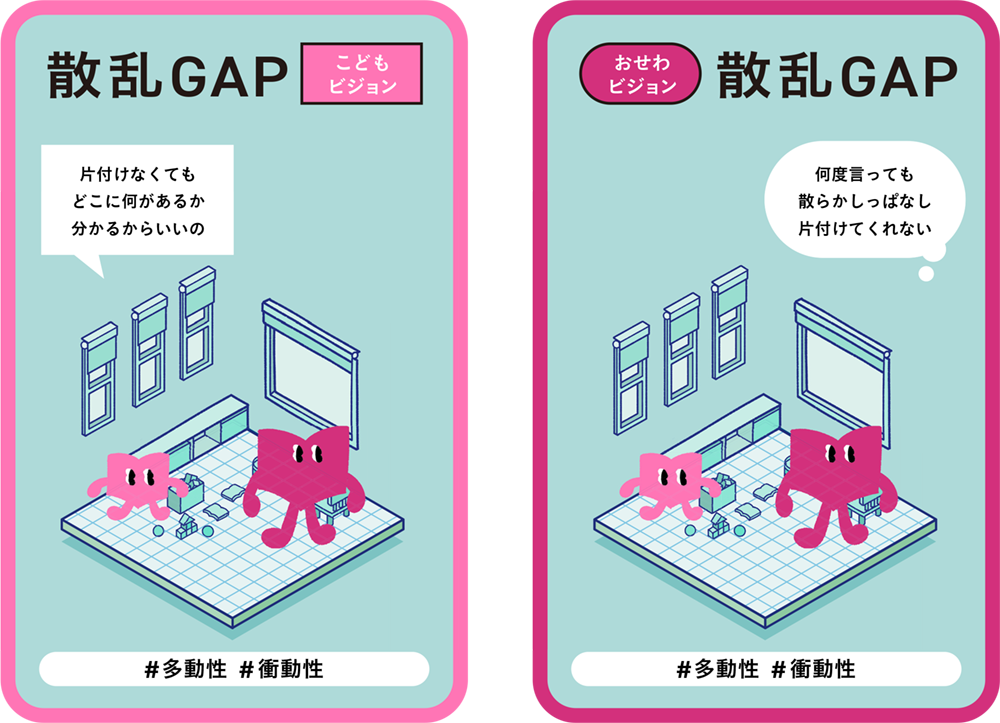
"Scattered GAP" Card

"Meal GAP" Card
Hayashi: In our work addressing diversity issues, we see a major challenge in the business sector not participating—or worse, viewing it as someone else's problem. If we disconnect the challenges inherent in diversity from business and broader economic activity, won't that just lead to increasing isolation?
For example, on the theme of "home," house builders might offer solutions, appliance makers could contribute, or toy manufacturers might provide products that bridge gaps. I've always wanted to build a foundation where companies consider how their businesses can provide value addressing the gaps created between people, and then enter that space.
Rather than the majority including the minority, it's about the minority including the majority. I hope GAP MIKKE can become one clear solution for creating such an environment.





